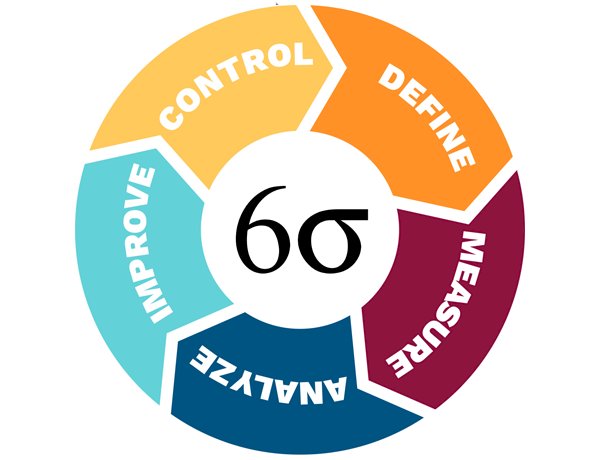An understanding on One Way Anova
One Way Anova

One Way Anova
Summary
A one-way analysis of variance (ANOVA) tests the hypothesis that the means of several populations are equal. The method is an extension of the two-sample t-test, specifically for the case where the population variances are assumed to be equal. A one-way analysis of variance requires the following:
- An output or measurement is taken from the sampled units.
- A factor, or discrete variable that is altered systematically. The levels of factors are defined as the different subgroups categorized under the factor. Each subgroup within the factor in the hypothesis analysis resembles a bigger population with its individual mean. The sample mean is an estimation of the level mean for the whole population.
A one-way ANOVA can be used to tell you if there are statistically significant differences among the level means. The null hypothesis would mean that the mean of all the subgroups is equal. The alternative hypothesis would infer that at least one of the sub group’s means differ from the others.
In addition to helping you evaluate whether all the level means are the same, Minitab also provides output to help you determine which level means are different when differences exist. Advance Innovation Group is the only training facility in Delhi NCR which shall help you learn these concepts using real-time projects. You can also bring your own data to practice these tools.
Analysis of Variance Table
The most important statistics in the analysis of variance table are the p-value (P), S, R2, and adjusted R2 values. Collectively, these values tell you if the level means are significantly different from each other and how well the model fits the data.
P-value
- If P is less than or equal to the alpha level you have selected, one or more means are significantly different.
- If P is larger than the a-level you have selected, the means are not significantly different.
If the ANOVA results indicate that there are significant differences, you can look at the individual statistics and confidence intervals to learn more about the differences.
S, R2, and adjusted R2 are measurements to show how good the model fits the data. These values can help you select the model with the best fit. These concepts are very important when you want to draw inference from these hypothesis tests and take business decisions. Advance Innovation Group will help you understand these concepts and how to draw an inference to solve business problems.
Confidence Interval
Minitab shows 95% confidence intervals for each subgroup. When the p-value in the analysis of variance table indicates there is a difference among the factor level means, you can use the table of individual confidence intervals to explore the differences:
- Each asterisk represents a sample mean.
- Each set of parentheses encloses a 95% confidence interval for the mean of a population.
- If the confidence intervals for two means do not overlap, it suggests that the population means are different.
Individual Statistics
Use the table of individual statistics to assess the following properties of your data:
- N. The number of data points available for each subgroup.
- Mean. The mean of the data points for each subgroup. These sample means provide an estimate of the population means for each level.
- StDev. The sample standard deviations for each subgroup. Analysis of variance assumes that the population standard deviations for all subgroups are equal. Thus, if the sample standard deviations differ by a lot, you might want to test the data for equality of variances using the test for equal variances command.
- Pooled StDev. The pooled standard deviation is an estimate of the common standard deviation for all subgroups.
Advance Innovation Group’s training methodology is completely different. We do not believe in projector led training. We help you understand these concepts manually over the whiteboard so that you understand the concept and then use tools to do these tests for you.
































Comments (0)
Facebook Comments